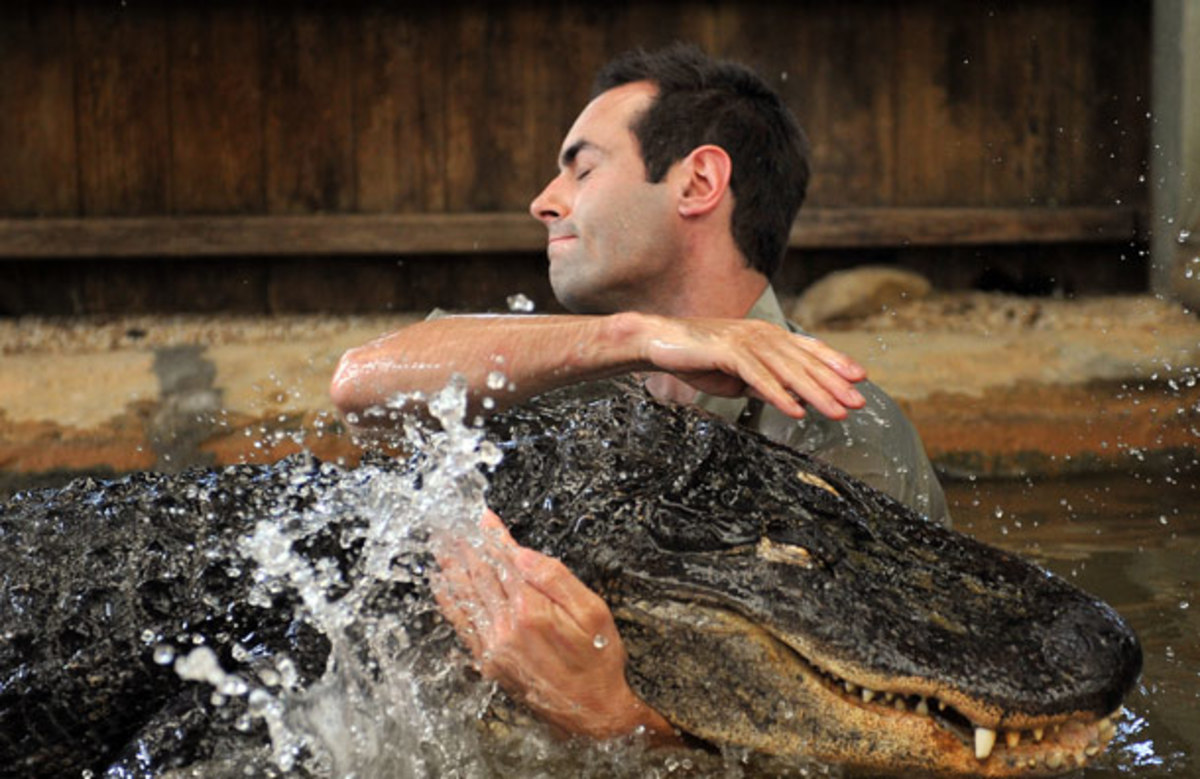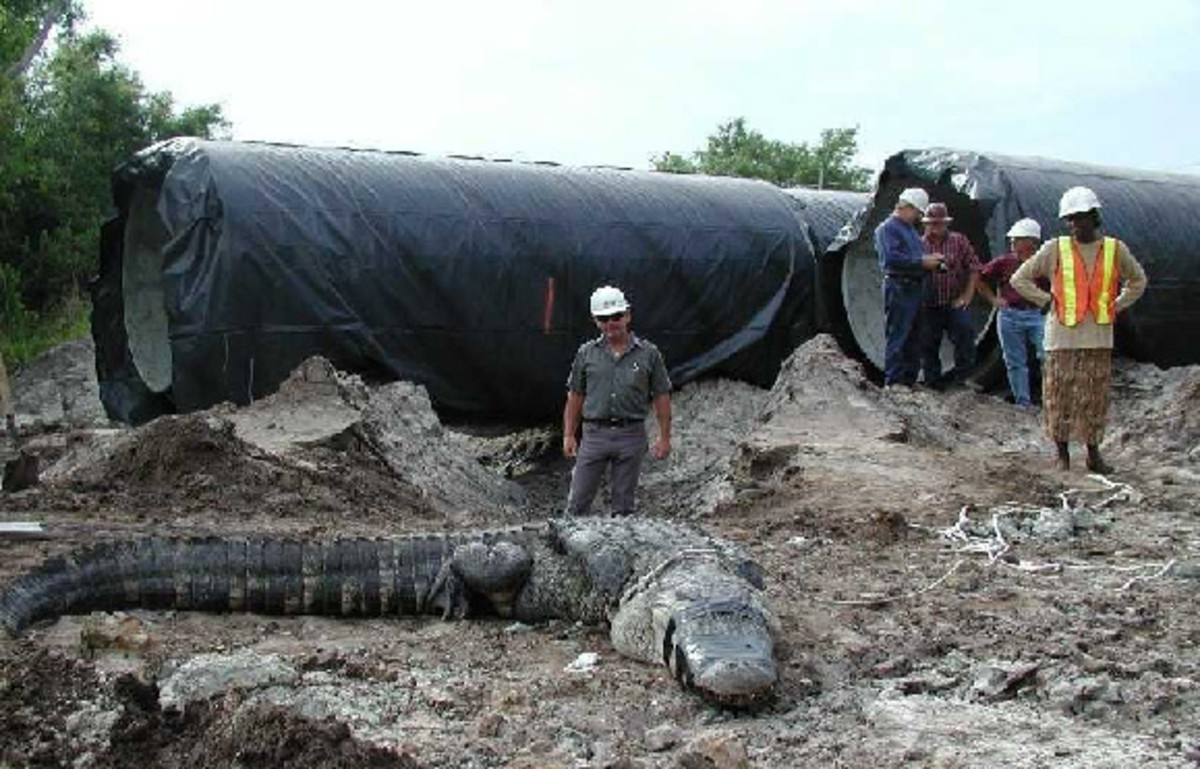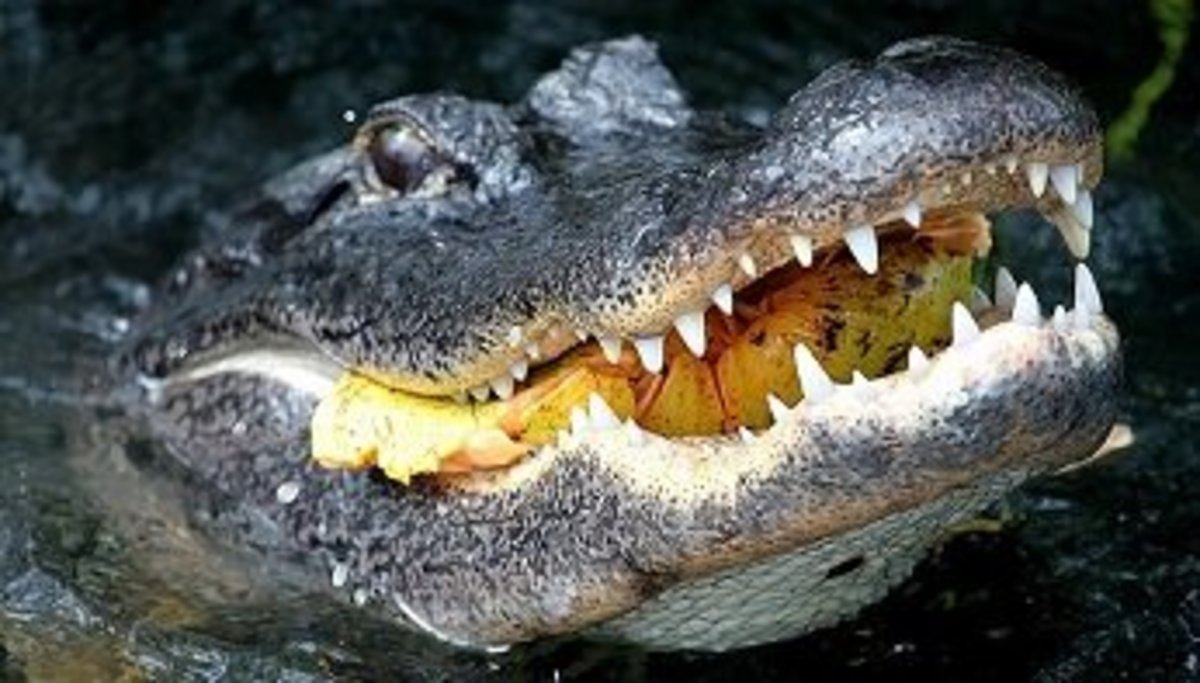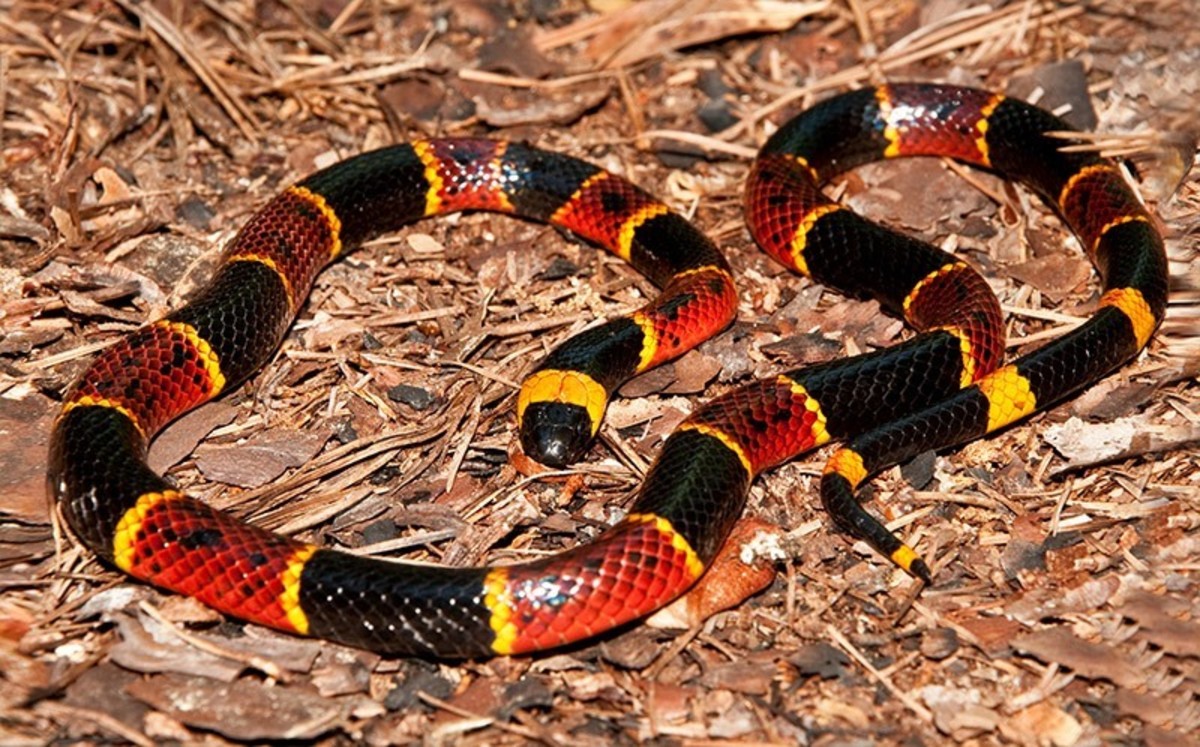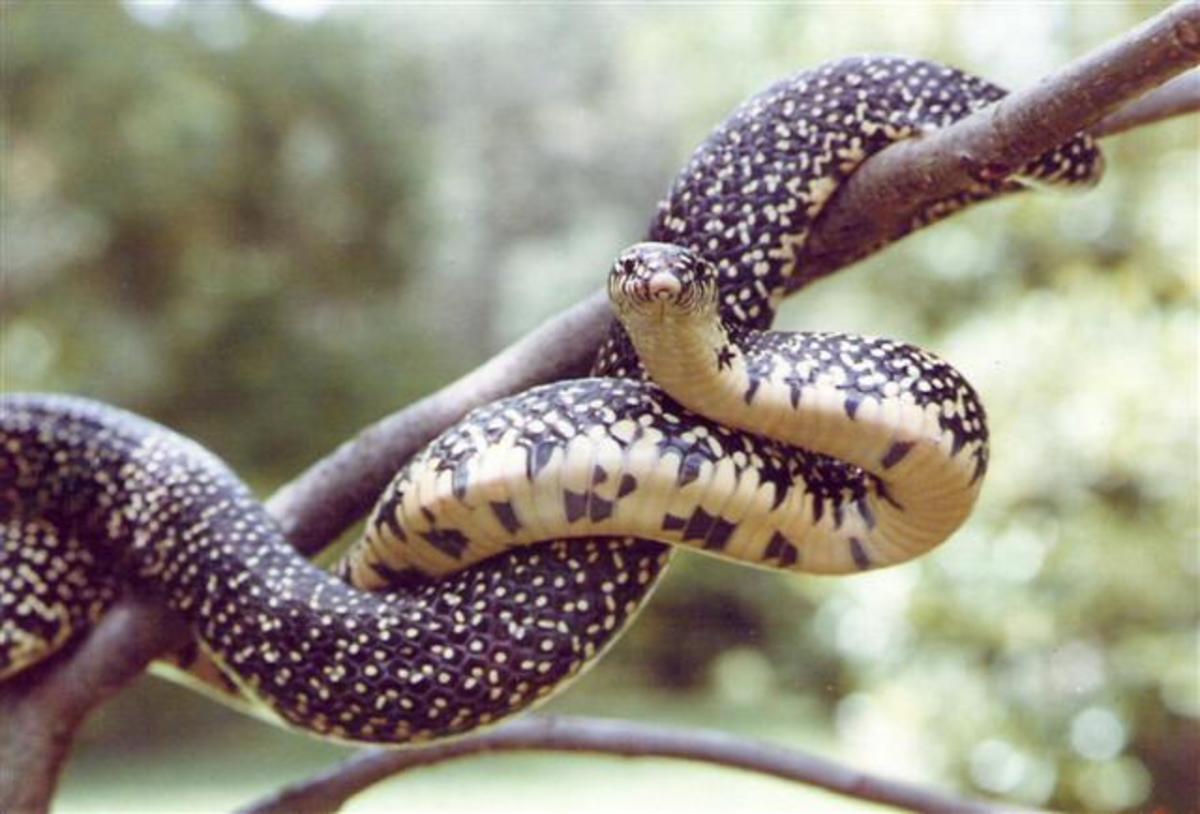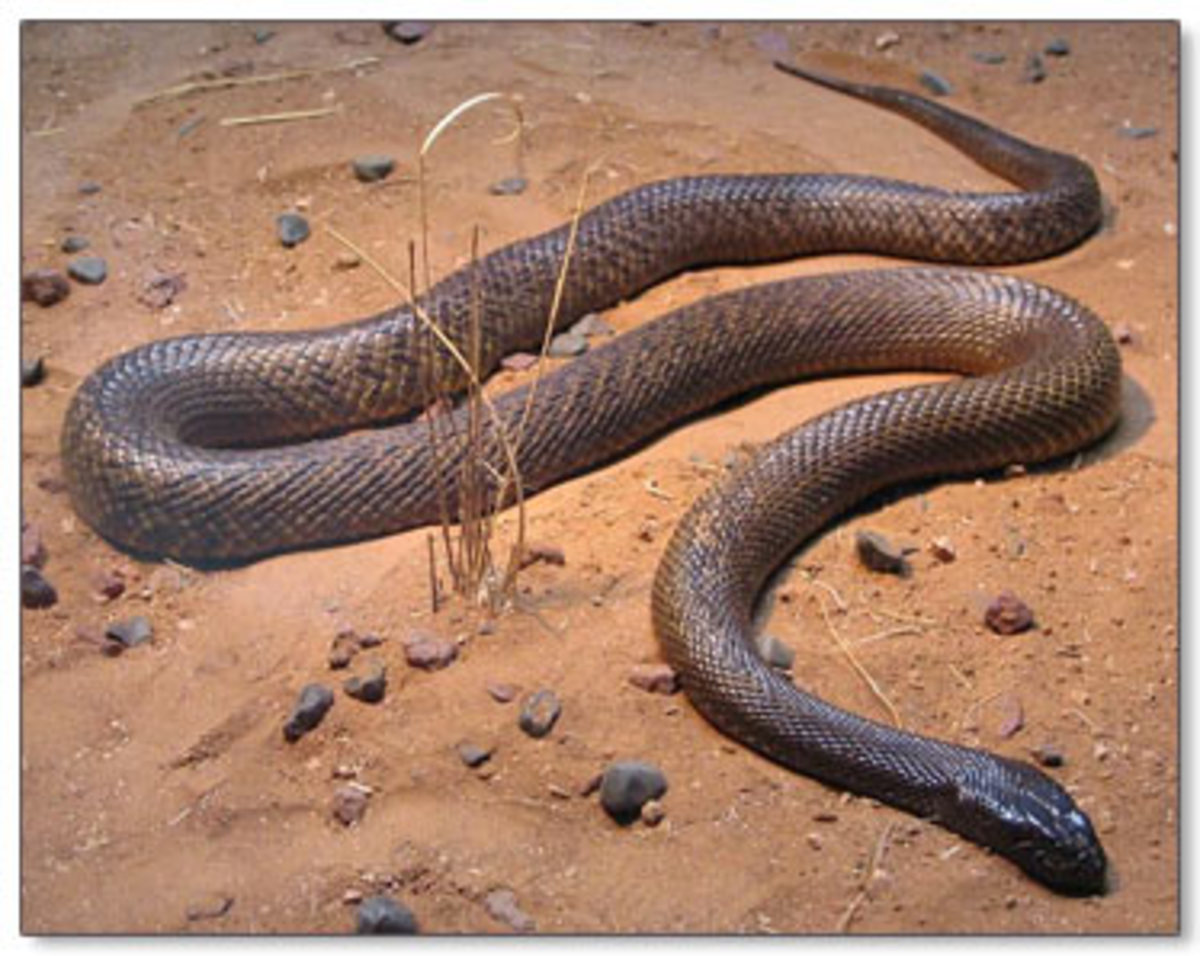The American Alligator
Scientific Name: Alligator mississippiensis

Interesting Links
- Facts about Crocodiles, Alligators, Caymans
Crocodile. Alligator and Caiman Facts and Information. Feeding, habitat, distribution, reproduction, anatomy and more. Facts about the Nile Crocodile, the Saltwater Crocodile, the Black Caiman, the American Alligator among others and the conservation - Alligator Hatchling - Facts and Information - The Portal of Life
Facts and Information about Alligator Hatchling. Alligator Hatchling Description, Behavior, Feeding and Reproduction.
Description
One way to identify the American Crocodile from others is the color of their skin. It is an olive coloring that many people find to be very lovely. In fact, it is that color that results is a higher number of these animals getting hunted for their hides than any other species. Another one this is often hunted in the wild are the rare white albinos. In order for offspring to be born with this coloring both of the parents must feature the recessive gene.
However, it is hard for these animals to thrive in the wild because they don’t have the camouflage they need. The light coloring also means the sun can penetrate their skin faster. Of course there is more of a hunt on for them due to the rarity. Where you will find several of them though is at alligator farms where they are in captivity. Almost of the white ones have been bred specifically for that reason due to genetics of the adults first being tested before mating is allowed.
The American Alligator is no small creature by any means. The very largest of them have been found to be about 19 feet long. They generally range between 10 and 14 feet though with the males being the largest.
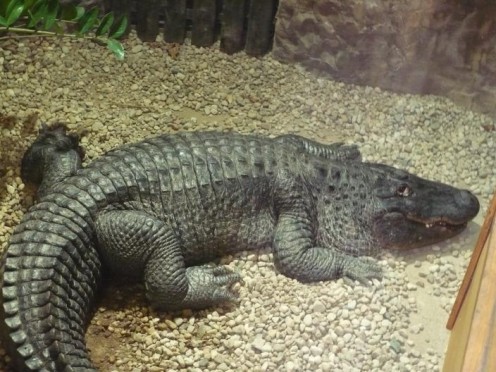
Interesting Links
- Snake Facts and Information
Habitat, feeding, anatomy, reproduction, venom, toxicity and all facts about Snakes. Facts about species like black mamba, cobra, rattlesnake, python and - Facts and Information about Sharks
Information and facts about sharks. Sharks are one of the most amazing creatures in the earth. They have lived in the ocean for more than 450 million years and they have survived succesfully during this time.
Anatomy
There is plenty to notice when it comes to the anatomy of the American Alligator. They have the power in their bodies that is absolutely amazing. You can’t pass up their long tail that they use for protection and to hit prey with. Internally they are designed to go for up to a week without food. This is accomplished by slowing down their metabolism.
While they are both land and water animals they do extremely well in the water. Here they are able to hide under the surface which gives them the advantage over their prey. On land though they are very slow moving animals. This is why they tend to spend as much time in the water a possible. However, it may be necessary for them to go to the land in order to get more heat from the sun and to regulate their body temperature.
Evolution
What is really surprising about alligators is that they really haven’t evolved at all. This isn’t to say that they are behind the times though. In fact, it is the opposite – they have a body that is so far advanced it served their needs millions of years ago. At the same time that same design is able to do so for them today. It is also fascinating to realize they are so closely related to early species of birds.
Behavior
Even though the American Alligator does spend so much time in the water, they have been evaluated and studied in a variety of ways. From that research we are able to determine that they very intelligent animals. They are able to adapt to a variety of different changes that go on around them. This is part of why they have been around for the past 200 million years. It is also why they continue to have a huge population at this point in time.
American Alligator Expedition
Interesting Links
- Dolphin Facts and Information
Facts about Dolphins, Information about Bottlenose Dolphins, Pink Dolphins. Dolphin Information - Killer Whale Facts - Orcinus Orca
Facts about Killer Whales, Habitat, Feeding, Anatomy, Evolution Orca Social Structure, Communication and Orca Conservation
Habitat/Distribution
There are plenty of places in the United States where the American Alligator lives. They tend to thrive in areas that offer warm temperatures. They allow like the humidity that is offered around the wetlands. Some of these common locations include Georgia, Texas, Louisiana, and Florida. This last one has the largest known population – around two million of them are found here.
They tend to stick around the freshwater areas most of the time. However, don’t rule out seeing this particular alligator in the saltwater as well. They may have drifted that direction to find a habitat to call their own. As long as the water also offers them enough food they will adapt to it.
Diet and Feeding Habits
The diet consists of many different things. This includes insects, snakes, birds, and small mammals. For the full grown American Alligator those food sources are merely an appetizer. They prefer to hold out of larger items including deer and cattle. They are also known to kill and eat humans that happen to wonder into their territory. The exact number of deaths they are responsible for it hard to calculate.
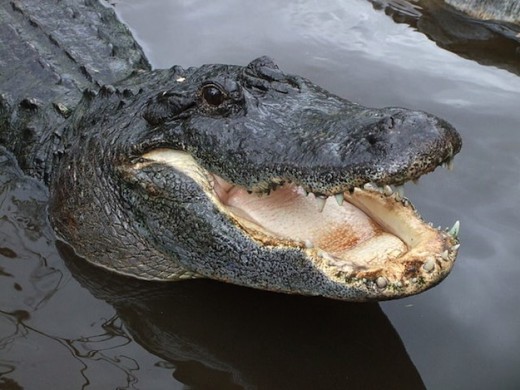
Reproduction
Mating occurs in the spring when they already warm temperatures start to get even hotter. The males become more aggressive during this time of the year. They will also be heard making a variety of sounds. They are in part to keep other males away but at the same time to encourage the females to take an interest in them.
Even though getting around on land is hard for the females, they must do it if conception is successful. They have a bit of time to complete a nest out of various types of materials. They will deposit as many as 50 eggs into it and carefully protect it. Of course they do need to go back to the water to each and also to cool off when the heat gets to be too much for their body temperature.
She will continue this process for just over two weeks. Then she will be ready to help the young emerge from the eggs. It is fascinating to watch as these dedicated mothers crack the shells. They will place the young into their mouth and carry them into the water this way. However, any of them will become food for turtles and birds because they are very small and vulnerable at this point in time.
17 facts about American Alligators
Predators
Those types of predators are only a huge problem when the American Alligators are small though. Those that can survive the first few months of life will have the advantage of getting bigger and bigger. At the same time they will be moving on to care of their own needs. When they are adults they don’t have any problems at all in the water from other animals.
That doesn’t make them home free though. They have to put up with the hunting efforts of humans. This is for their skin, to reduce the population, and even just for the thrill of killing such a reptile. For those that are avid hunters the larger the kill the more bragging rights stem from it. There are millions of American Alligators out there though so there is no real need for conservation efforts many argue.
Still, others aren’t convinced and they feel these animals have been violated. This is due to the fact that homes and businesses for humans continue to infringe on the lands where these animals live. Still, if a person is willing to take the risk of living in the same area as crocodiles you shouldn’t feel too sorry for them right?
Finding that balance where humans and these crocodiles can co-exist isn’t something that will develop overnight. A plan of action to give them room but without allowing them to take over is important. Some are concerned that their population is already out of control. Should hunting be limited it may be something that is very difficult to control in just a couple of years.

